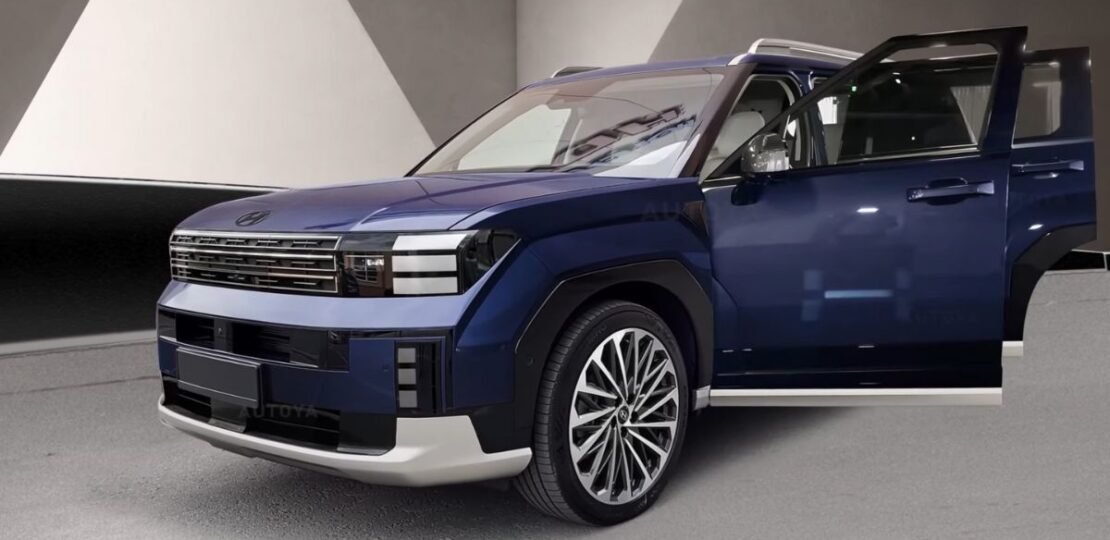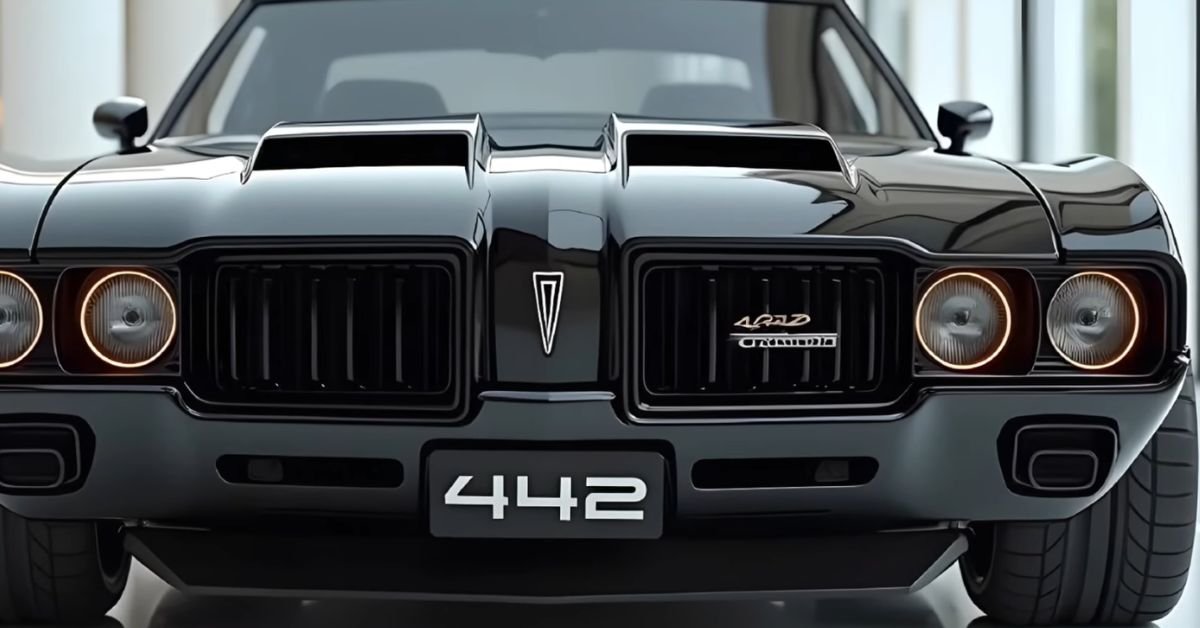
The 2027 Hyundai Santa Fe is poised for a mid-cycle refresh that could build on the model’s strong sales momentum, with U.S. figures reaching 131,574 units in 2023 before dipping to 113,343 in 2024 amid market shifts. This upcoming update follows the bold redesign introduced in 2024, which enlarged the SUV and boosted its appeal in the midsize segment where it competes against established players like the Subaru Outback and Chevrolet Blazer. Drawing from spy shots and Hyundai’s electrification push, this preview explores anticipated changes while comparing them to past models and rivals, incorporating historical specs, pricing, and performance data for a clearer picture.
Sales History and Market Performance
Hyundai Santa Fe sales have shown steady growth in the U.S. over the past five years, starting from 101,513 units in 2020 and peaking at 131,574 in 2023, reflecting consumer demand for its value-packed features. In 2024, sales fell to 113,343 units, a 14% decline from 2023, possibly due to increased competition from hybrid-focused rivals and economic factors, though year-to-date 2025 figures stand at 79,206 as of October. Globally, the Santa Fe contributes to Hyundai’s SUV lineup, which helped the brand achieve 4.14 million total vehicle sales in 2024, down 1.8% year-over-year but still strong in markets like North America. In India, where the current Santa Fe is imported and priced around ₹45 lakh, sales remain niche but growing, with Hyundai aiming to expand its premium SUV presence through updates like the 2027 refresh.
Compared to pre-2024 models, the redesigned Santa Fe saw a sales uptick; the 2022 model sold 115,226 units, similar to 2021’s 112,705, but the 2024 redesign pushed volumes higher initially by addressing space complaints from earlier generations. This historical performance underscores the Santa Fe’s reliability in a segment where midsize SUVs account for about 20% of U.S. market share.
Exterior Design Refresh
The 2027 Santa Fe’s exterior updates, glimpsed in California spy shots, suggest a more aerodynamic profile than the current 190.2-inch-long body, potentially trimming the 74.8-inch width slightly for better maneuverability in tight urban spaces. Unlike the 2023 model’s boxier 187.8-inch length and less aggressive grille, the 2024-2026 redesign grew the wheelbase to 110.8 inches from 108.9, enhancing stability, and the 2027 could refine this further with slimmer LED headlights replacing the current angular units. Rear taillights may shift from the 2024’s wide H-shaped design—criticized for limited visibility—to vertical strips, improving on the 2023’s horizontal bars that spanned 74 inches across.
In comparison to competitors, the 2027 Santa Fe might close the gap with the Subaru Outback’s 191.9-inch length and wagon-like stance, offering similar ground clearance of around 8.7 inches versus the Outback’s 8.7, but with Hyundai’s bolder styling edge over the Blazer’s sleeker 191.4-inch profile. Past numbers show the 2024 Santa Fe’s redesign added 2.4 inches to height (now 67.7 inches), boosting off-road appeal without sacrificing the 20/28 mpg fuel economy of its 2.5L turbo engine.
Interior and Technology Upgrades
Cabin tweaks for 2027, including a squared-off steering wheel and centralized 12-14 inch screen, aim to streamline the interface beyond the 2024-2026’s dual 12.3-inch setup, which already improved on the 2023’s smaller 10.25-inch display by integrating navigation seamlessly. Passenger volume remains generous at 150 cubic feet total (61 front, 56 middle, 33 rear), a jump from the 2023’s 145.6, with cargo space holding steady at 80 cubic feet behind the first row versus 72.1 in the prior generation. Hyundai’s Bluelink system, standard since 2024, could evolve with enhanced AI voice controls, surpassing the 2023 model’s basic connectivity that lagged behind rivals.
Against the Chevrolet Blazer, which offers 113 cubic feet of passenger space in its 2025 model, the Santa Fe provides more rear legroom (40.9 inches vs. Blazer’s 39.6), though the Jeep Wrangler’s rugged interior feels less refined with only 103 cubic feet total. Historical upgrades show Hyundai added wireless charging and ambient lighting post-2023, addressing user feedback on the older model’s dated plastics, while safety scores improved to IIHS Top Safety Pick+ from Acceptable in 2022.
Powertrain and Performance Speculation
The 2027 prototype’s charge port hints and silent operation suggest a plug-in hybrid option, potentially delivering 30+ mpg combined, an upgrade from the 2026’s 23 mpg EPA rating with its 277-hp 2.5L turbo and eight-speed automatic. This replaces the 2023’s dual-clutch transmission, which delivered 22/28 mpg but faced shift complaints, while the base 2023 2.5L non-turbo offered just 191 hp and 19/25 mpg. Towing stays at 3,500 pounds, matching the 2024 spec but trailing the Jeep Wrangler’s 3,500-5,000 pounds depending on trim.
Compared to the Subaru Outback’s 2.5L flat-four (182 hp, 26/32 mpg in 2025), the Santa Fe’s turbo power edges out in acceleration (0-60 mph in 6.3 seconds vs. Outback’s 8.7), though the Blazer’s 3.6L V6 hits 308 hp for quicker sprints. Hybrid variants in past years, like the 2023 Santa Fe Hybrid’s 226 hp and 34 mpg, sold well but represented only 20% of total units; the 2027 PHEV could boost this to rival the Toyota Highlander Hybrid’s 36 mpg dominance.
| Model | Engine/Power | Fuel Economy (City/Hwy mpg) | 0-60 mph (sec) | Towing (lbs) |
|---|---|---|---|---|
| 2023 Santa Fe (Base) | 2.5L I4 / 191 hp | 19/25 | 8.5 | 2,000 |
| 2026 Santa Fe (Turbo) | 2.5L Turbo I4 / 277 hp | 20/28 | 6.3 | 3,500 |
| 2025 Subaru Outback | 2.5L Flat-4 / 182 hp | 26/32 | 8.7 | 2,700 |
| 2025 Chevy Blazer | 3.6L V6 / 308 hp | 19/26 | 6.2 | 4,500 |
| 2025 Jeep Wrangler | 3.6L V6 / 285 hp | 17/23 | 7.0 | 3,500 |
Pricing, Release Date, and Competitor Comparison
Expected pricing for the 2027 Santa Fe starts at $38,000, up from the 2026 SE’s $34,800 and the 2023’s $28,750 base, reflecting added hybrid tech and inflation. Top trims could reach $52,000, competitive with the 2025 Blazer’s $36,995 start but below the Outback’s $30,430, while the Wrangler begins at $31,895 for its unique off-road focus. In India, anticipate ₹45-55 lakh, higher than the current model’s ₹44.99 lakh due to import costs, positioning it against the Toyota Fortuner’s ₹33-51 lakh range.
Launch is slated for fall 2026, earlier than the 2024 model’s late-2023 debut, allowing Hyundai to capture holiday sales like the 2023’s Q4 surge of 35,000 units. Rivals’ 2025 sales: Outback at ~150,000 units, Blazer at 120,000, showing the Santa Fe’s 113,343 in 2024 holds a solid third place in the segment.
| Competitor | Starting Price (2025) | Annual Sales (2024 US) | Key Strength |
|---|---|---|---|
| Subaru Outback | $30,430 | ~150,000 | All-wheel drive standard |
| Chevrolet Blazer | $36,995 | ~120,000 | Sporty handling |
| Jeep Wrangler | $31,895 | ~200,000 (overall) | Off-road capability |
| Hyundai Santa Fe (2026) | $34,800 | 113,343 | Value and tech |
Final Thoughts: Evolving in a Competitive Landscape
With sales climbing from 101,513 units in 2020 to over 130,000 by 2023, the 2027 Hyundai Santa Fe refresh could recapture momentum by blending past strengths like spacious interiors and efficient powertrains with modern electrification, outpacing the evolutionary updates in rivals like the Outback. While specs evolve from the 2023’s modest 191 hp to the current 277 hp turbo, the 2027’s potential PHEV promises better efficiency than the Blazer’s gas-only setup. This positions the Santa Fe as a versatile choice in a market where midsize SUVs like it drive 15-20% of segment growth annually.
RELATED POSTS
View all


